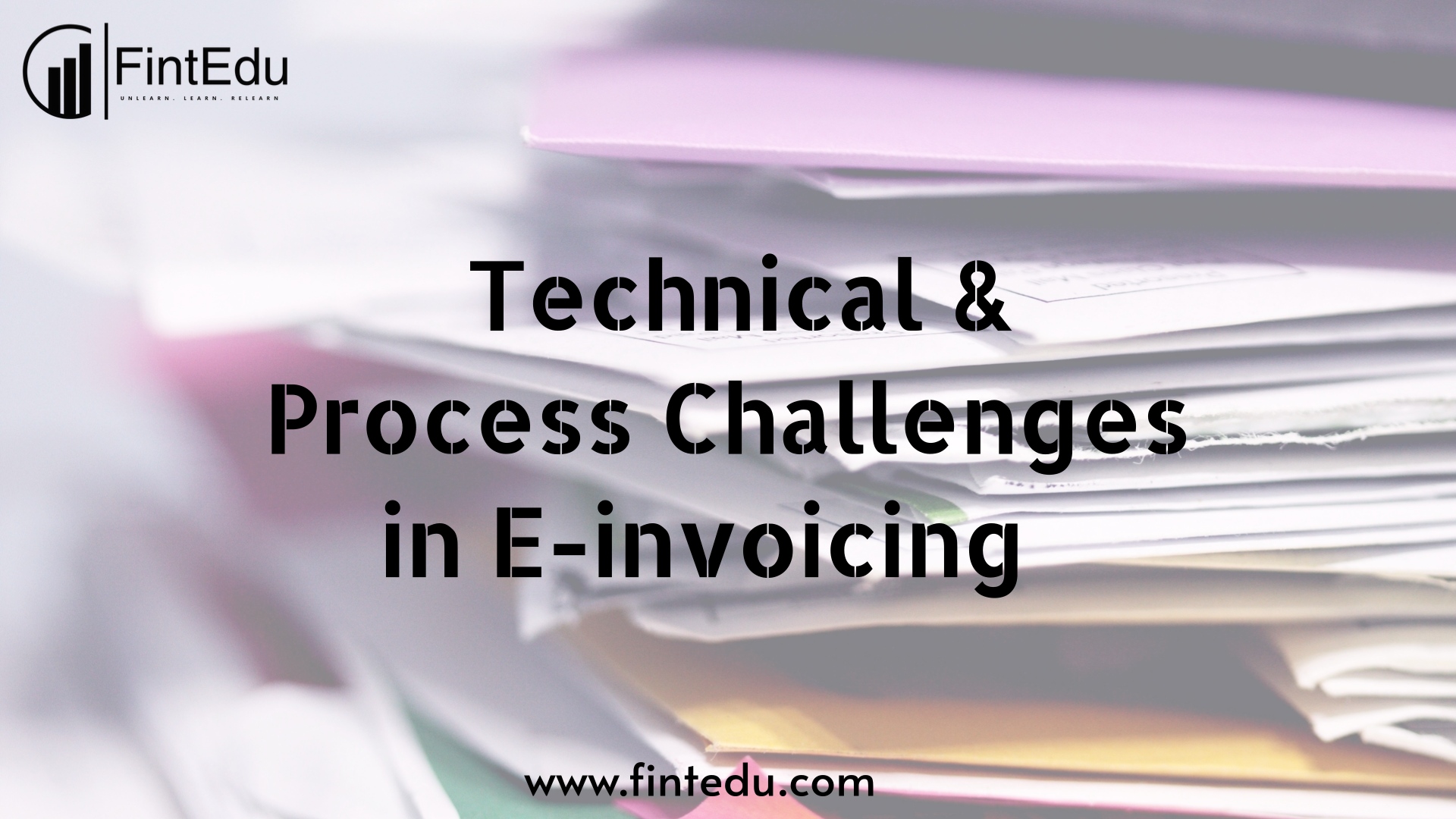LISTEN TO THIS ARTICLE
E-invoicing, or electronic invoicing, has been increasingly adopted by businesses globally due to its potential for streamlining operations, reducing errors, and cutting costs. Despite these advantages, the transition to e-invoicing is not without its challenges. Below, we outline some of the key technical and process-related hurdles organizations might face during the implementation and operation of e-invoicing systems.
Technical Challenges
1. System Integration
- Compatibility Issues: Different organizations use various accounting and enterprise resource planning (ERP) systems. Ensuring that the e-invoicing solution seamlessly integrates with existing systems can be a significant technical challenge.
- Interoperability: The lack of standardization across different e-invoicing platforms can lead to interoperability issues. This can complicate the exchange of invoices between companies using different systems.
2. Data Security and Privacy
- Encryption and Data Protection: Ensuring that sensitive financial data is encrypted and protected from breaches is paramount. Implementing robust cybersecurity measures is crucial to prevent unauthorized access.
- Compliance with Regulations: E-invoicing systems must comply with various data protection regulations such as GDPR in Europe or HIPAA in the United States. Keeping up with these regulations and ensuring compliance can be technically demanding.
3. Scalability
- Handling Volume: As businesses grow, the volume of invoices can increase significantly. The e-invoicing system must be scalable to handle increased load without compromising performance.
- Performance Optimization: Ensuring that the system can process a high volume of invoices quickly and efficiently requires ongoing performance tuning and optimization.
4. System Reliability
- Downtime and Maintenance: Ensuring high availability and minimal downtime is crucial for business operations. Regular maintenance and updates can also pose challenges in ensuring continuous service without interruptions.
5. Data Accuracy and Validation
- Error Reduction: Implementing accurate data validation rules to minimize errors in invoicing can be challenging. The system must ensure that all data fields are correctly filled and validated before processing.
Process Challenges
1. Change Management
- Training and Adoption: Transitioning to e-invoicing requires significant change management. Employees need to be trained on new processes and systems, which can be time-consuming and costly.
- Resistance to Change: There may be resistance from employees and stakeholders who are accustomed to traditional invoicing methods. Managing this resistance and encouraging adoption is crucial for successful implementation.
2. Standardization of Processes
- Uniform Standards: Establishing uniform invoicing standards within an organization and across its partners can be challenging. Differences in invoicing formats and practices need to be reconciled.
- Process Reengineering: Existing invoicing processes may need to be reengineered to fit the e-invoicing model, requiring significant effort and coordination.
3. Vendor and Customer Coordination
- Onboarding Vendors and Customers: Coordinating with vendors and customers to ensure they are also using compatible e-invoicing systems can be difficult. The onboarding process requires clear communication and often, technical support.
- Maintaining Relationships: E-invoicing changes how businesses interact with their partners. Maintaining positive relationships while enforcing new processes is a delicate balance.
4. Regulatory Compliance
- Legal Requirements: Different countries have varying legal requirements for invoicing. Ensuring that the e-invoicing system complies with local laws, such as electronic signature requirements and archiving rules, is essential.
- Audit and Reporting: E-invoicing systems must be capable of generating detailed reports for audits and regulatory compliance. This requires robust reporting and data management capabilities.
5. Cost of Implementation
- Initial Investment: The initial cost of implementing an e-invoicing system, including software, hardware, and training, can be significant.
- Ongoing Costs: Ongoing costs related to system maintenance, updates, and compliance with changing regulations can also add up over time.
Despite these challenges, the advantages of e-invoicing, including faster processing times, reduced errors, and improved cash flow, make it a worthwhile investment for many businesses. By carefully considering the technical and process challenges and implementing appropriate solutions, businesses can make a smooth transition to e-invoicing and reap its many benefits.
Disclaimer: Content posted is for informational and knowledge sharing purposes only, and is not intended to be a substitute for professional advice related to tax, finance or accounting. The view/interpretation of the publisher is based on the available Law, guidelines and information. Each reader should take due professional care before you act after reading the contents of that article/post. No warranty whatsoever is made that any of the articles are accurate and is not intended to provide, and should not be relied on for tax or accounting advice.
Related Articles
Basics of E-invoicing - Series 1
Basics of E-invoicing – Series 2
Basics of E-invoicing – Series 3
Contributor
Related Posts

Accountants in the UAE are deeply involved in the financial lifecycle of businesses. From structurin...
Read MoreRTC Suite offers a comprehensive e-Invoicing solution designed to streamline tax compliance and inv...
Read More
UAE, 23 December, 2025: The UAE Ministry of Finance has issued Cabinet Decision No. 153 of 2025...
Read More